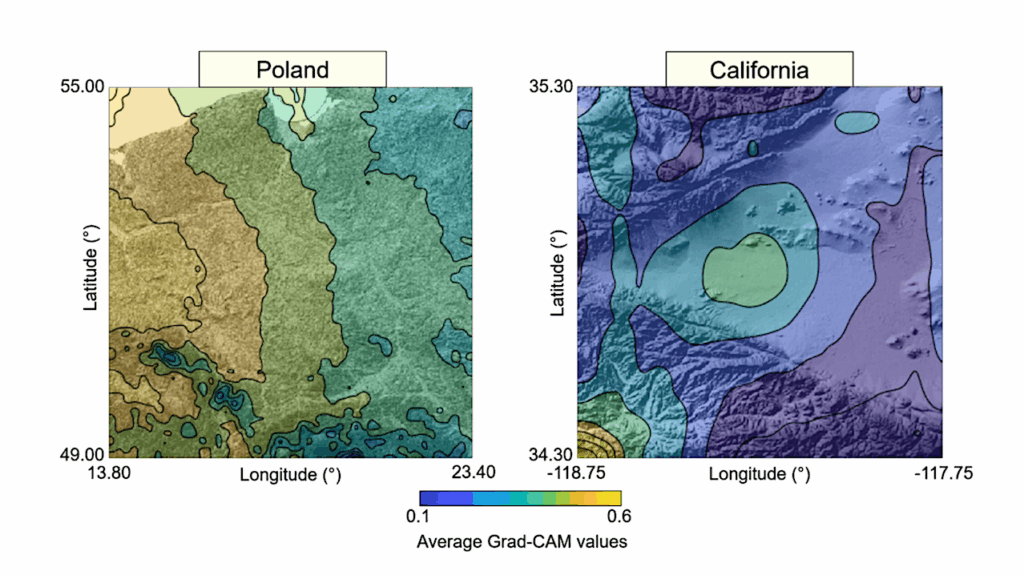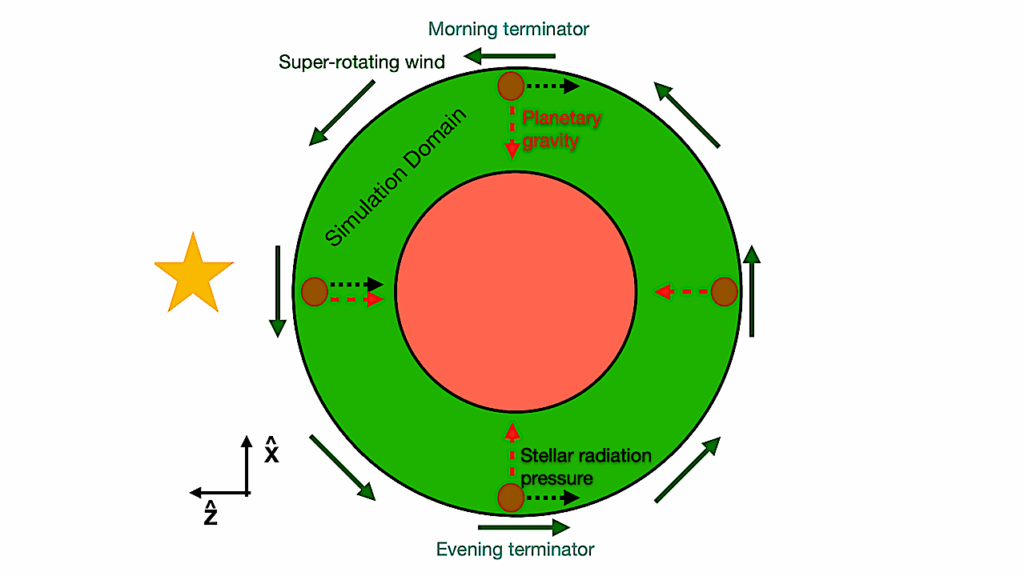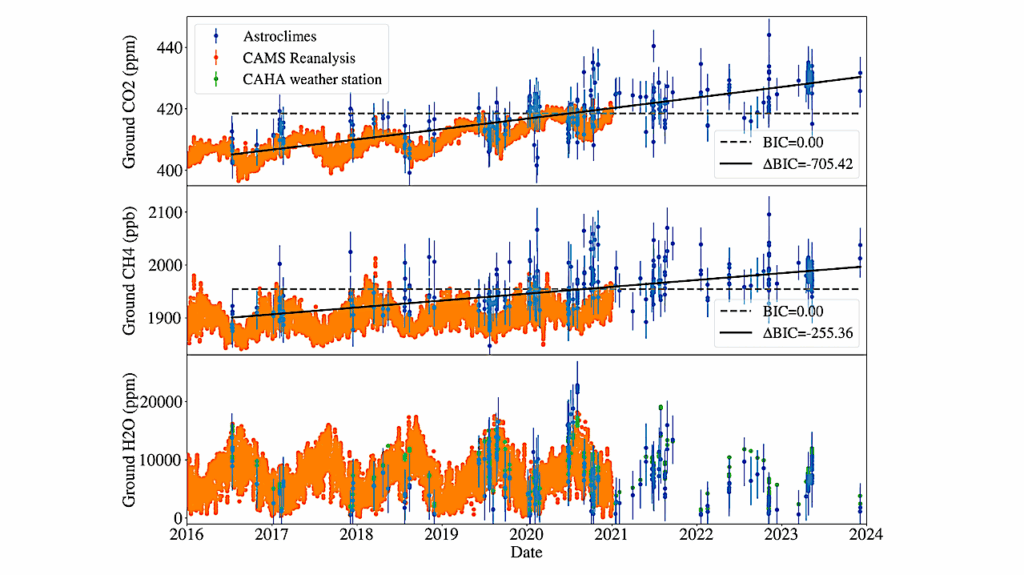Beyond Runaway: Initiation Of The Post-runaway Greenhouse State On Rocky Exoplanets

The runaway greenhouse represents the ultimate climate catastrophe for rocky, Earth-like worlds: when the incoming stellar flux cannot be balanced by radiation to space, the oceans evaporate and exacerbate heating, turning the planet into a hot wasteland with a steam atmosphere overlying a possibly molten magma surface.
The equilibrium state beyond the runaway greenhouse instellation limit depends on the radiative properties of the atmosphere and its temperature structure. Here, we use 1-D radiative-convective models of steam atmospheres to explore the transition from the tropospheric radiation limit to the post-runaway climate state. To facilitate eventual simulations with 3-D global circulation models, a computationally efficient band-grey model is developed, which is capable of reproducing the key features of the more comprehensive calculations.
We analyze two factors which determine the equilibrated surface temperature of post-runaway planets. The infrared cooling of the planet is strongly enhanced by the penetration of the dry adiabat into the optically thin upper regions of the atmosphere. In addition, thermal emission of both shortwave and near-IR fluxes from the hot lower atmospheric layers, which can radiate through window regions of the spectrum, is quantified. Astronomical surveys of rocky exoplanets in the runaway greenhouse state may discriminate these features using multi-wavelength observations.
Ryan Boukrouche, Tim Lichtenberg, Raymond T. Pierrehumbert
Comments: Accepted for publication in ApJ; 19 pages, 11 figures; Summary video available at this https URL
Subjects: Earth and Planetary Astrophysics (astro-ph.EP); Atmospheric and Oceanic Physics (physics.ao-ph); Geophysics (physics.geo-ph)
Cite as: arXiv:2107.14150 [astro-ph.EP] (or arXiv:2107.14150v1 [astro-ph.EP] for this version)
Submission history
From: Ryan Boukrouche
[v1] Thu, 29 Jul 2021 16:19:37 UTC (2,688 KB)
https://arxiv.org/abs/2107.14150
Astrobiology








